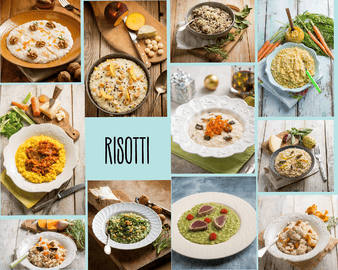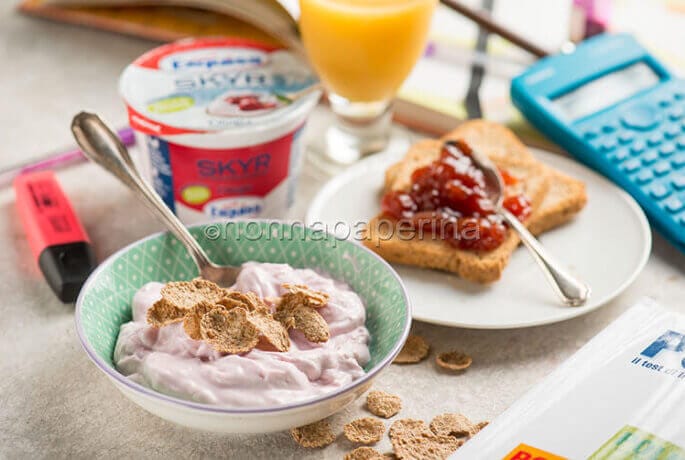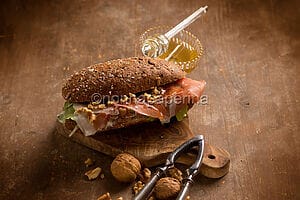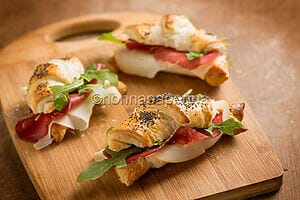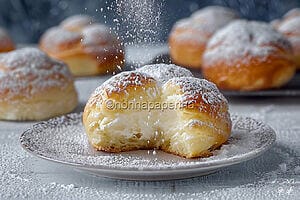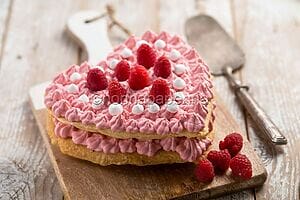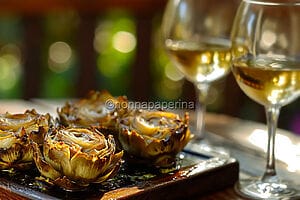
Truffled veal millefeuille, a second course cooked in jars

Truffled veal millefeuille: an alternative perspective on meat-based second courses
Truffled veal millefeuille is a meat-based second course made using a unique method: vaso-cooking. It is a method that has practically always existed but has only recently undergone significant diffusion from a health perspective, which favours the specificity of the ingredients. This cooking method consists of placing the preparations in an airtight and heat-resistant glass jar. Then the jar is placed on a heat source so as to “cook” it in a bain-marie rather than in the oven or steam like you would in this instance.
Why does jar cooking work so well? First of all, it enables you to consume the least amount of fat possible. As opposed to pan-frying, there is actually no chance of the food adhering to the “container.” Second, because everything stays inside the jar, the flavours and nutritional qualities are 100% retained. To make this recipe, arrange the veal in layers with additional ingredients and seasonings in between. The layers ought to fill the entire jar and be tightly squeezed.
Recipe truffled veal millefeuille
Preparation truffled veal millefeuille
- To prepare the truffled veal millefeuille, start with the anchovies. Cut them into small pieces, then pour them into a pan together with 6–8 tablespoons of oil and the garlic clove. Turn the heat on low, let them melt, and season them with a little black pepper.
- Meanwhile, cut the leaves from the thyme sprigs. Then cut the meat into slices (or strips) and brush with the oil obtained from cooking the anchovies.
- Transfer the veal slices (or strips) into the cooking pots, forming four layers at a time. Slices of truffle, cream, and thyme leaves should be scattered throughout the layers. Lastly, add some salt to season it.
- When the jars are completely full, close them and steam them for 30 minutes. Allow to cool, then serve the meat as it is or accompanied by French fries cut into thin slices.
Ingredients truffled veal millefeuille
- 400 gr. carpaccio-sliced veal shoulder rump
- 30 gr. of truffle paste
- a few slices of truffle
- 1 clove of garlic
- 15 anchovy fillets in oil
- a sprig of thyme
- 3 tablespoons extra virgin olive oil
- a pinch of salt and pepper.
Characteristics of veal rump
The protagonist of this truffled veal millefeuille is the veal itself. Specifically, the topside should be used, which is a cut positioned in the upper part of the thigh. This cut is characterized by the almost total absence of fat but also by a particular softness, to the point that it is used for cutlets and breaded slices. Veal rump is high in group B vitamins, proteins, and potassium because of its nutritional qualities that are shared by other portions of meat. But because it has a somewhat lower calorie count, it is frequently incorporated into diet plans for weight loss.
As an alternative, you can use a carpaccio straight away, as they are produced from comparable slices. To construct the layers in this dish, the veal rump should be sliced or stripped. These must be interspersed with aromas and other ingredients until the jars are completely filled. Finally, everything is steamed for about half an hour.
Which aromas to use for this veal millefeuille?
The truffled veal millefeuille has a few scents to its credit. These are sandwiched between two layers of meat, serving as a filler in addition. I am referring to thyme, truffle cream, and truffle slices. One of the most sought-after mushrooms is the truffle, which is distinguished by its potent yet subtle scent. It is incredibly nutrient-dense, even though it is practically devoid of proteins and carbohydrates. In particular, it is high in vitamin D and mineral salts., which are crucial for the immune system.
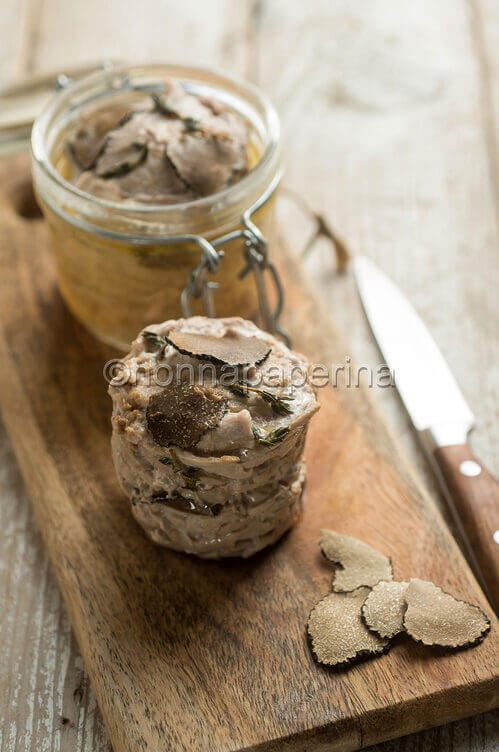
Thyme’s “grassy” and citrusy aromas add a sense of freshness to the dish; hence, its presence is crucial. Indeed, it tastes like lemon in the mouth, but without the same abrasiveness. Like many spices, thyme is beneficial to the body because it is high in antioxidants, which are chemicals that help prevent cancer and slow down the ageing process.
Why did we use anchovies?
Some of you may be startled to learn that anchovies are used in a meat-based dish like the truffled veal millefeuille. Their main function is to provide flavour to the meat by enhancing its flavour and adding various scents. This is clear from the way anchovies are treated, to start. Actually, these are melted in a saucepan with the oil and garlic over low heat. The liquid—or more accurately, the fat extracted from it—is subsequently brushed onto the meat slices, imbuing them with a distinct, nuanced flavour that is suitable for all palates. Even though they are a secondary element, anchovies are able to impart some of their nutritional qualities.
Properties that are excellent, starting from the presence of beneficial omega-3 fats, which benefit the heart, circulation, and act as an anti-inflammatory. Anchovies are also rich in protein, although not as much as some oily fish. The contribution of vitamins and mineral salts should not be forgotten, which replicates that of the best fish species. I’m talking about vitamin D, which is quite rare in nature, and phosphorus. This substance strengthens teeth and supports cognitive abilities, especially memory and concentration. Anchovies are only moderately caloric, but if preserved in oil (as in this case), they can exceed 200 kcal per 100 grammes.
All rights reservedCOULD IT BE INTERESTING FOR YOU

Sandwich with Ham and Honey: A Gourmet Second...
Ciabatta bread, the perfect bread for gourmet sandwiches Why did I choose ciabatta bread for this raw ham sandwich? There are many reasons. In addition to being exquisite to look at, its golden...
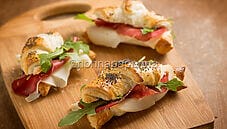
Brioche bread with bresaola and scamorza cheese: the...
The entire bresaola flavour Bresaola is the standout ingredient among the numerous that make up the stuffing of this brioche bread. In addition to having a savoury flavour, this ingredient offers a...
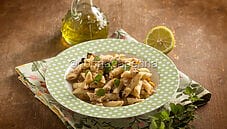
Cold summer pasta, a light but flavour-rich version
A recipe to fill you up and keep you light Among the strong points of this cold summer pasta, as I have already mentioned, the abundance and variety of ingredients stand out. Both carbohydrates and...









